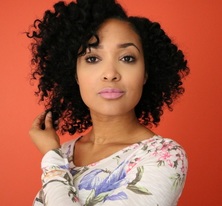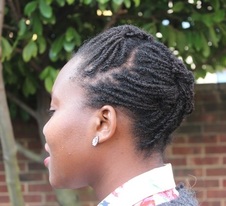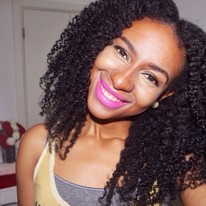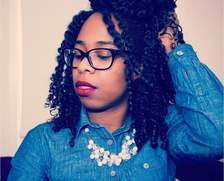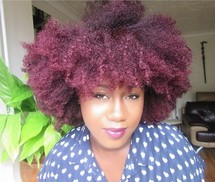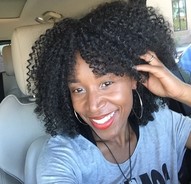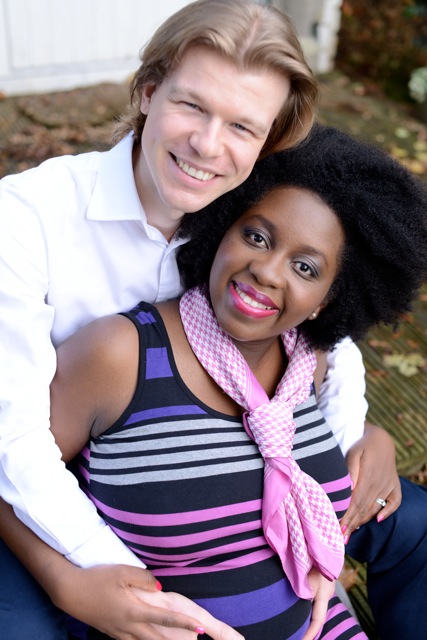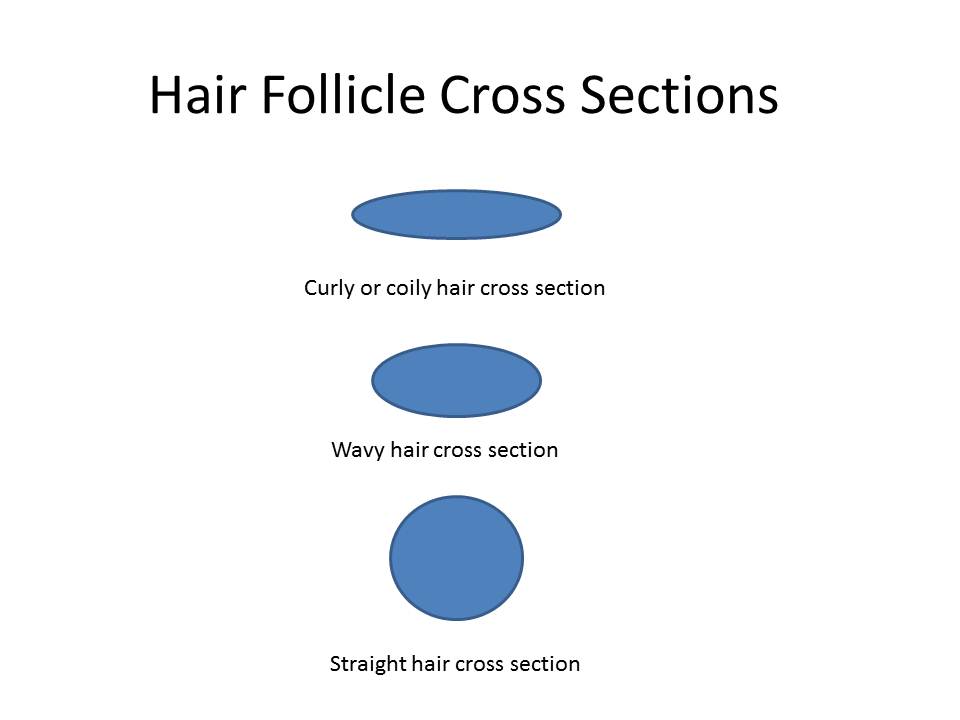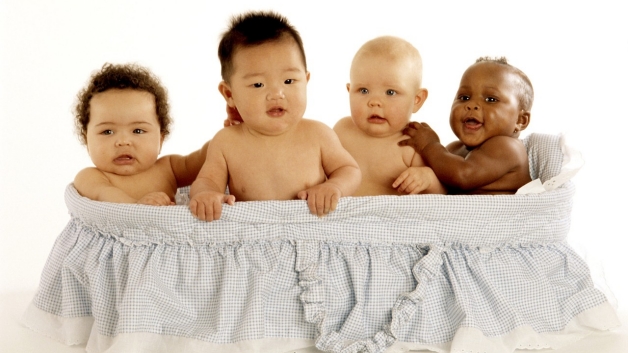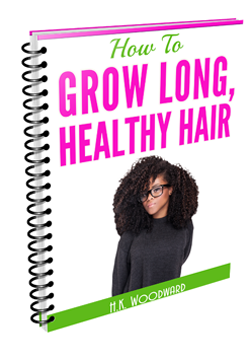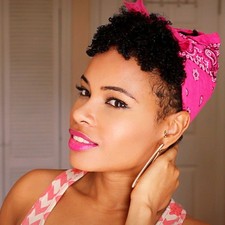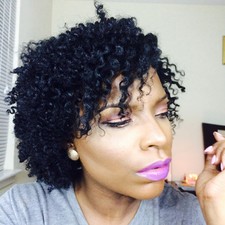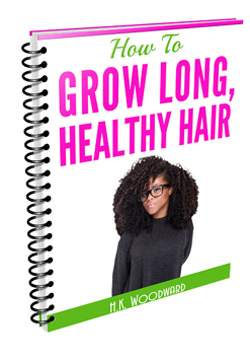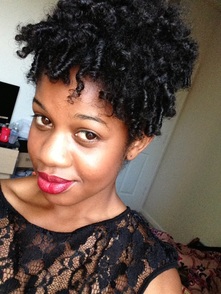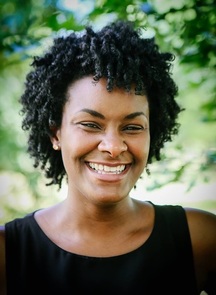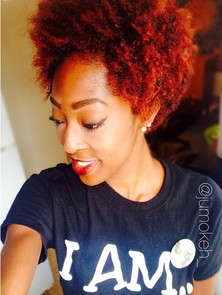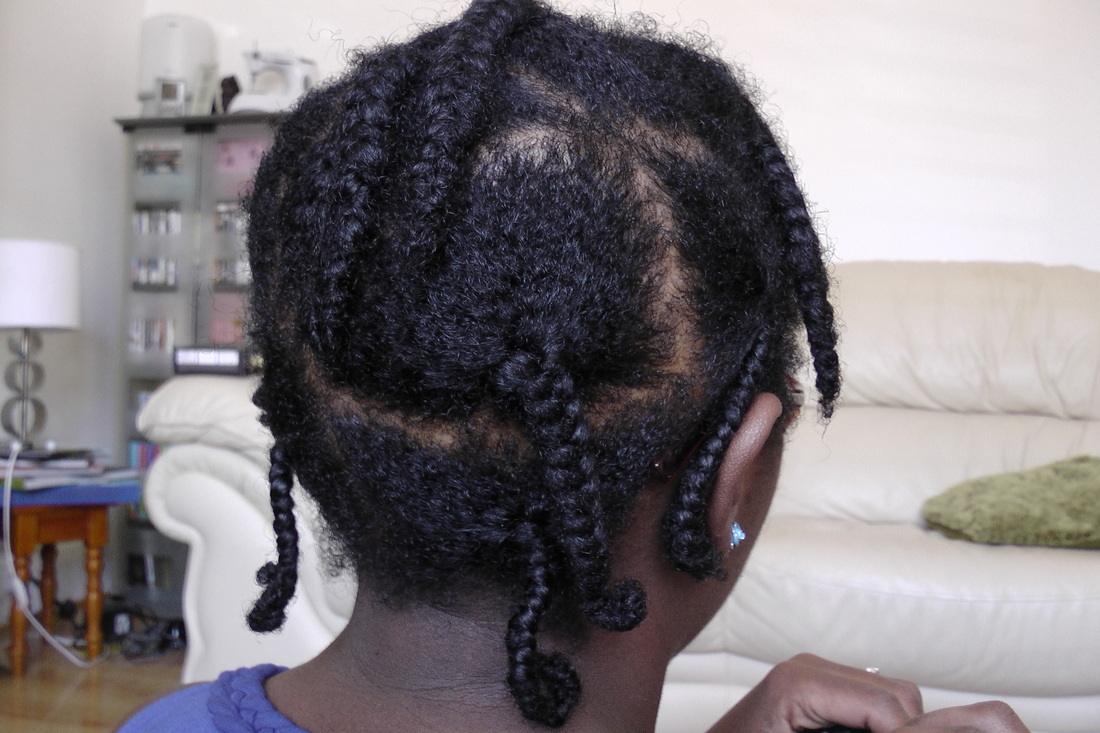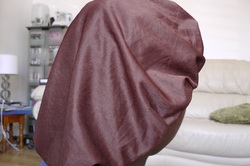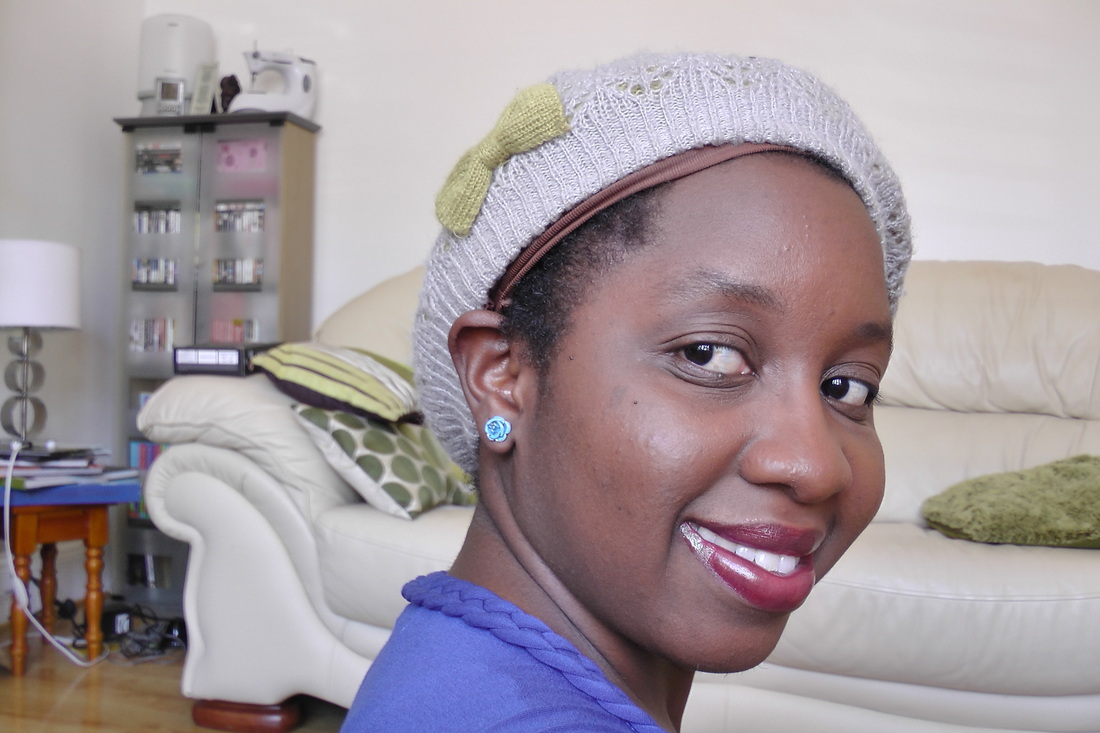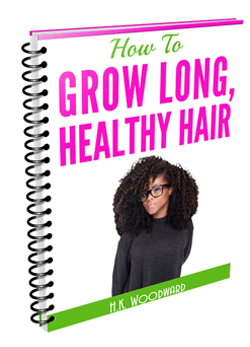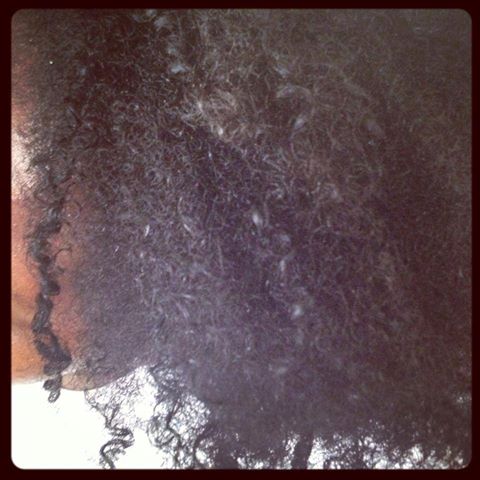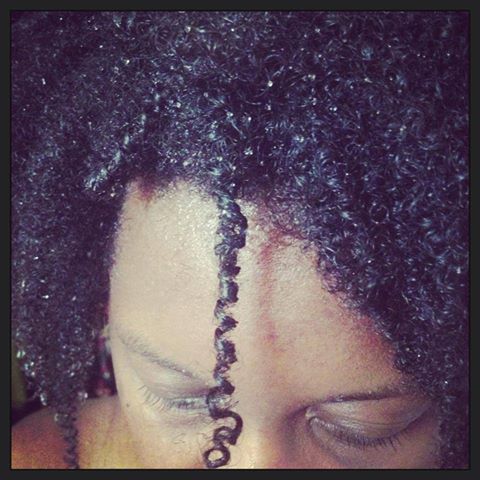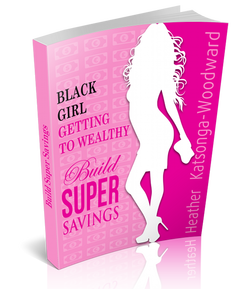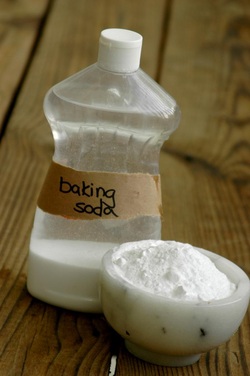
The Science of Black Hair by Audrey Davis-Sivasothy argues that baking soda is generally too abrasive to be used as a regular shampoo for natural black hair.
If you have thin hair fibres, I wouldn't go near it. However, if you have thick hair and lots of build up a baking soda shampoo rinse may be just the perfect solution for you instead of buying a clarifying shampoo. The recipe is in: how to make a baking soda shampoo rinse. pH and baking soda Baking soda has a pH of 9. It's weakly alkaline. Hair has a pH of 4.0 - 5.5 so if you use this formula you have to follow it with a deep condition or at a minimum an ACV rinse or a lemon rinse. Conditioners, ACV and lemon are all acidic and will help to rebalance the pH of your hair as well as close up your hair cuticle which open up under alkaline conditions. If you just do a baking soda shampoo rinse without following it with something acidic your hair cuticle won't close, the pH will remain out of balance and this could lead to scalp conditions including dandruff and itchiness plus your hair will look dull, instead of shiny. Have I ever tried baking soda? No, whilst I don't want to say I never will, I am not interested in trying it mostly because of the pH. I also have a lot of homemade hair recipes which I prefer to use instead. 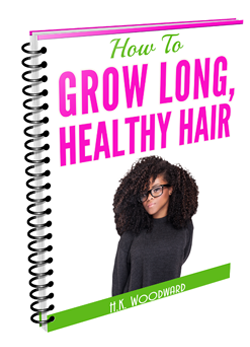
Get your FREE ebook on How To Grow Long, Healthy Natural Kinky or Curly Hair. You might also like: Baking Soda Shampoo To Clarify Natural Hair
One of the most annoying questions I was ever asked was "Why do you (i.e. black people) need to have different products anyway? Why can't everyone just use the same products?" - what was annoying wasn't the questions itself but the fact that the person didn't even let me answer. They just continued talking and every time I interjected with "Can I answer your question?" They just talked over me and ignored me. I was still annoyed about 2 months after the incident! I know, that's ridiculous - other people's stupidity should never impact one's emotions like that.
Anyhow, if you cut through the hair strand of someone with naturally straight hair you would find that the cross-section is round. Curly hair on the other hand has a flattened oval or elliptical cross section, this however is only one difference. It is the feature that gives our hair it's very curly shape. In addition, African/African-American hair:
The fewer the number of layer the more chemicals can be used to change the hair - so a person with a 7-layer cuticle will take chemicals more easily than a person with an 11-layer cuticle; remember those people who complain that their hair just doesn't take relaxer? They probably have a thicker cuticle layer. That said, flatter (elliptical) hair strands are easier to treat with chemicals so black hair may ultimately be easier to chemically manipulate. In summary, besides the curl that you see, different hair types have varied structural and chemical features that impact how products work with the hair. This is why different hair types needs slightly different products.
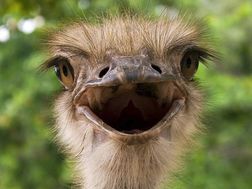
I had never heard of Emu Oil until a few weeks ago when someone wrote to me asking about it. I decided to carry out some research. My sources are at the bottom of this blog.
What is an emu? An emu is an indigenous flightless Australian bird. The moment I read this description I thought of a chicken so I googled for images and voila – see the images that are part of this blog. It looks more like an ostrich than a chicken. Where do they harvest emu oil from? The emu bird’s back is made of a thick layer of fat (adipose tissue) designed to protect it from the Australian sun as well as cushioning during an attack. When this fat is extracted it is distilled to remove proteins, bacteria and other particles leaving emu oil as it is commercially sold. This is an important difference compared to all other oils I have ever used or written about – they are all vegetable oils,on the other hand, emu is derived from an animal. What does emu oil look like? The exact colour and consistency of emu oil depends on the bird’s diet. It’s a white/off-white solid at low temperatures but quickly melts at temperatures above 22°C (72°F) to form a yellow liquid. The viscosity of emu oil at any given temperature varies depending on the diet of the bird it was harvested from. 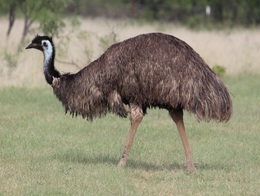
What characteristics does emu oil have?
According to online sources it’s:
For those that have thin or thinning hair the last benefit makes emu oil especially attractive. Unfortunately, many of the claimed benefits are empirical not scientific. Emu oil has not been scientifically tested rigorously enough to make the claims therefore its risks and benefits are currently not that well understood. The biggest proponents of emu oil’s health benefits sell it so it’s hard to tell how genuine their claims are. Emu oil has been fraudulently promoted as a health supplement when it shouldn’t be due to a lack of data backing up claims of any health benefits. According to the FDA website, “FDA determined that a pure emu oil product marketed to treat or cure a wide range of diseases was an unapproved drug. Its marketer had never submitted to FDA data to support the product's safe and effective use.” Should you try emu oil on your hair and skin? Why not? It probably won’t do you any harm so it could be worth a try to see whether your hair benefits from it. As with any oil, you would have to use it for a few months to notice a difference, if any. Where can you get emu oil? There are a variety of online sources selling it but I can’t prove how genuine their emu oil is. If you’ve ever used emu oil and have an opinion on it, please share! References: https://en.wikipedia.org/wiki/Emu_oil http://www.emu-oil-well.co.uk/faq Emu Oil: The Secret to Cate Blanchett's flawless complexion?
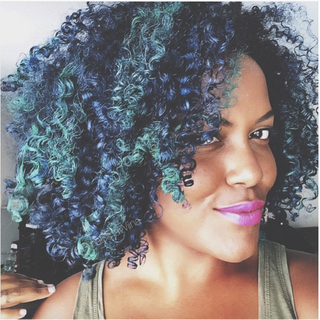
by Xotica Hair
If you are looking for a unique way to switch up your hair, it may be time to try out hair shadowing. Hair shadowing is a temporary hair coloring technique where a product (hair shadow or chalk) is applied on top of your hair creating a highly pigmented appearance without the aid of bleach or other damaging chemicals. Because of its textured nature, hair shadowing works great on natural hair or on Xotica's natural hair extensions. There are several types of hair shadows (or hair chalks) depending on your desired budget or look. These products come in powdered, liquid and spray forms, ranging from $6-$12 a container. Regular drugstore eyeshadows work just as well as products made specifically for hair shadowing, and they can start as low as $1 a container. Whatever method you use, it is important your hair (or extensions), is clean, dry and conditioned. Well-conditioned strands make applying the shadow a smoother process, and because the shadows and chalks are drying, you want to retain as much moisture as possible. To begin, if you are using a shadow, place a small section of your hair between the shadow in its container and your finger, and slowly pull the shadow down the length of your hair. If you are using a spray, apply like any other hair spray. This method can get messy, however, so apply outside if possible. Finally, if you are using a liquid, squeeze the product onto gloved hands and smooth down the length of your hair. If using either the liquid or spray methods, you may want to only color the portion of your hair that won't touch your clothing, reducing the risk of transfer. *Keep in mind, these are general instructions. Make sure to read and follow the specific instruction on the product you choose for the best results. By itself, hair shadows typically last 1-2 days, but can be lengthed for up to five days by sealing the color with a curl paste or pomade. After applying the color, and optionally the paste set the color with a diffuser. At night, bring your hair up into a pineapple. Add brightly colored shadows to your clip-in extensions for a quick edgy look for a festival or a girl's night out. Or try subtle brown or blonde highlights for a wedding or date night look. With hair shadowing, you can create an endless bevy of beautiful looks for multiple occasions, all without bleaching or damaging your hair or your extensions. So let your creativity fly and get to shadowing! Xotica Hair |
I now blog about wealth creation - so if you have any money questions meet me there, you can do all sorts of cool things like leave me a voicemail.
By Heather Katsonga-Woodward
I was a natural hair blogger and mixtress living between London & Chicago from 2012 to 2017. I always thought I was 4C but some say 4B; images below - you decide! Heather xx Categories
All
Archives
November 2016
|

